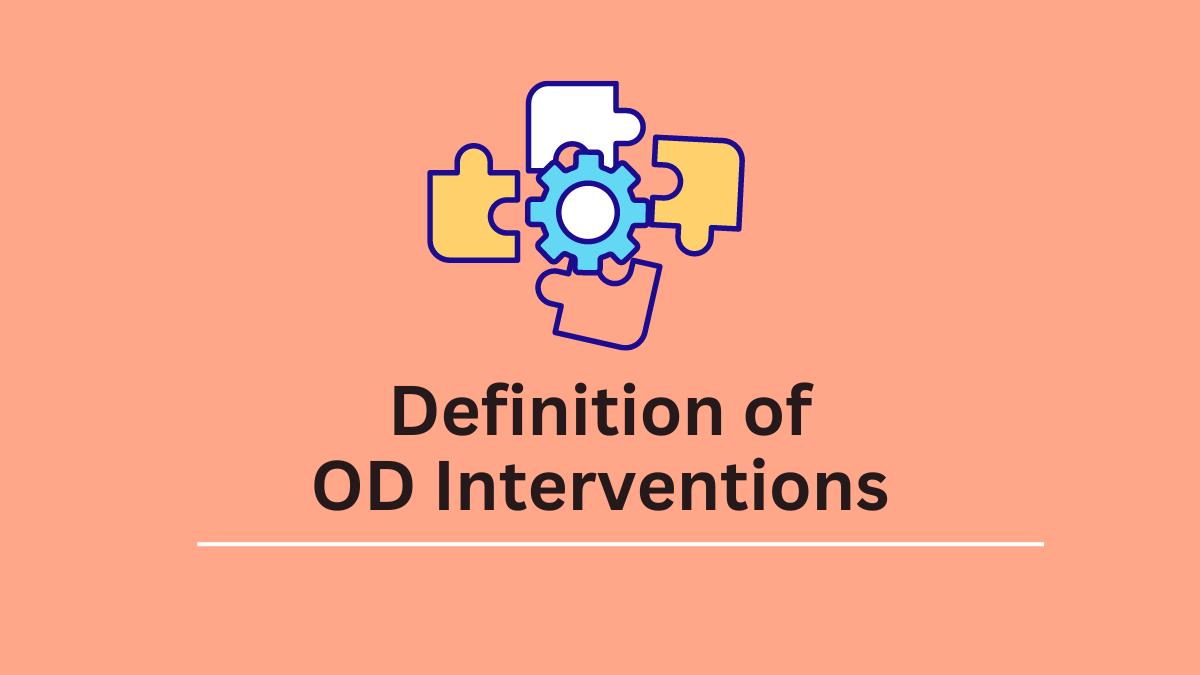Transactional Leadership – Definition, Features, Traits, Examples, and Pros/Cons
Definition of Transactional Leadership Transactional leadership is a managerial approach characterized by control, organization, and short-term planning. Employing a system of rewards and punishments, leaders motivate followers to achieve specified goals within a structured framework. Rooted in the 20th-century sociological insights of Max Weber, this style gained prominence post-World War II in the United States. … Read more







